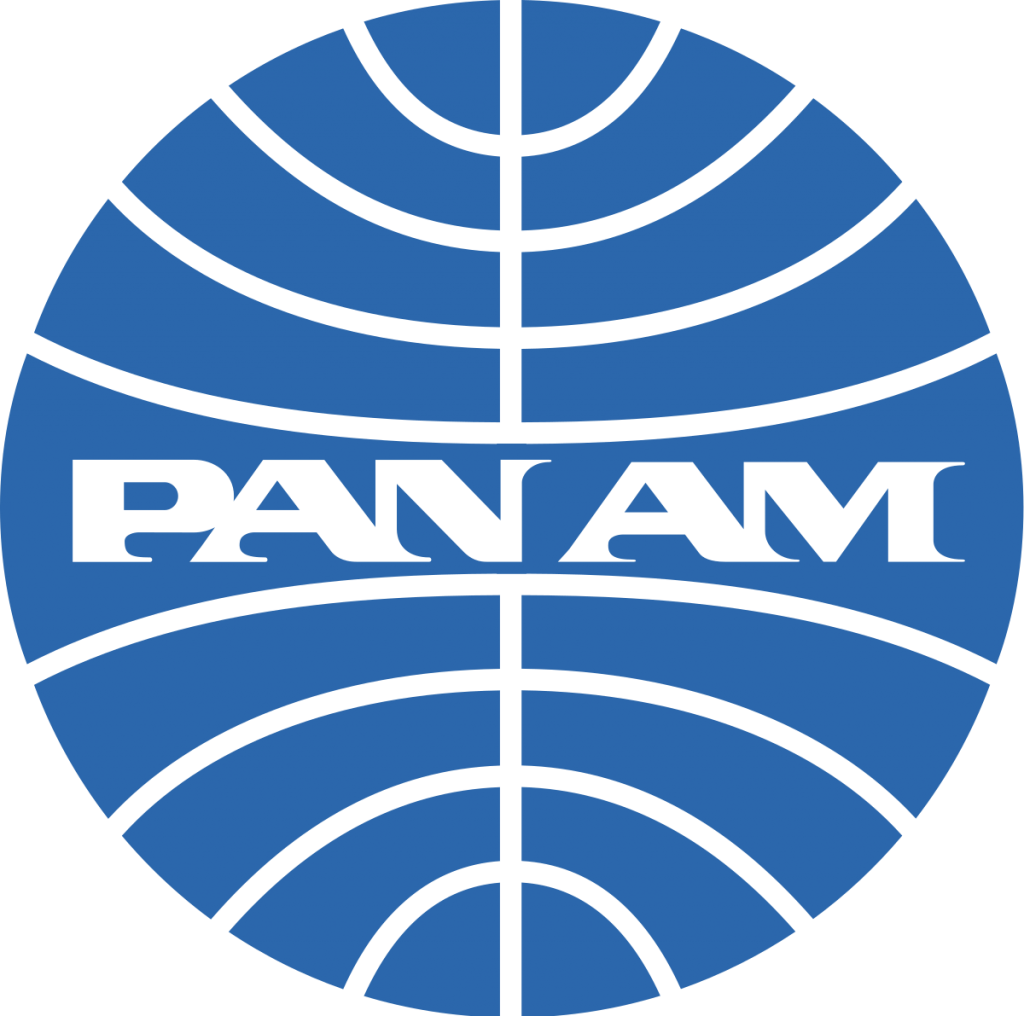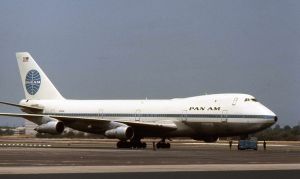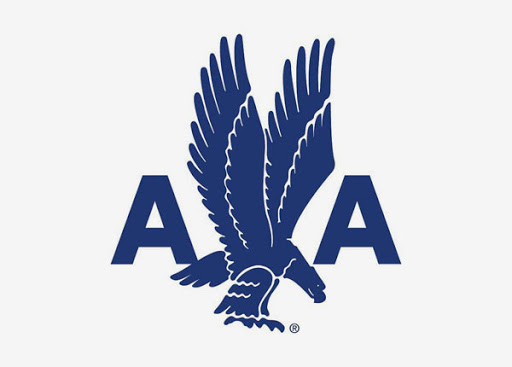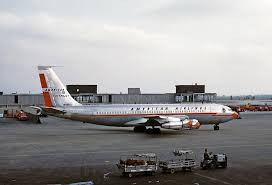
The past sixteen months have not been pleasant ones for the Boeing company. The Boeing 737 Max was involved in two fatal accidents and the fall-out continues. However, fifty years ago, Boeing had much to celebrate, as it did in eleven years prior. This was a big month for Boeing Anniversaries.
Boeing 747
On January 21, 1970, The Clipper Young America lifted off from John F. Kennedy Airport headed to London England. The Clipper Young America was a Boeing 747. This was the maiden commercial voyage of the bird.

The Boeing 747 is featured in Session 10 of Doctor Aviation. The world’s first jumbo jet was a “game changer”, especially for international travel. It was essentially a joint venture between Boeing and its first guaranteed customer, Pan American. Pan Am’s Founder & President, Juan Trippe, was looking for a way to carry a large number of passengers, comfortably, while simultaneously decreasing the growing airport congestion at terminals.
Pan Am desired to have the maiden flight before the end of 1969, a date that would have helped with the heavy Christmas travel season. However, problems with the Pratt & Whitney engines, caused the schedule to slip for a month. The new target date was set for January 21. Engine problems with the JT9D engines again reared their ugly head. Fortunately, maintenance repaired the problem within a few hours.

The plane was met with intense interest, upon landing, by the British. It was almost the reverse effect of the Beatles coming to America. The plane turned around and flew back to New York the same day and, again, met with enthusiastic crowds.
Ironically, Pan Am did not survive deregulation and went out of business in 1991. Delta acquired most of the planes and routes. The Boeing 747 has also fallen on hard times, its four engines now considered to be “fuel inefficient” as documented earlier in Doctor Aviation.
Boeing 707
However, the 747 is not the only significant anniversary of the week. On January 25, 1959 Boeing ushered in the “jet age” of commercial travel, when an American Airlines Boeing 707 departed from Los Angeles International Airport (LAX) bound for Idlewild Airport in New York.

The plane was called, Flagship California, Tail # N7503A and the flight was made in a lightning fast 4 hours and 3 minutes. Unheard of for coast to coast air travel.
Twenty-five thousand descended upon LAX to get a peek at the new bird. So many folks, in fact, that takeoff was delayed for 20 minutes. Captain Charles Macatee III made up the time in the air for an on-time arrival. A crew of eight were aboard: another captain and two flight engineers. The cabin was tended by four stewardesses, as they were then known.
Macatee had about 200 hours of training time in the jet before the inaugural flight and the plane could carry 189 passengers. Among the celebrities on the first flight were Cyrus Rowlett (President of American Airlines), actress Jane Wyman and World War II pilot, Robert L Scott Jr. Scott penned the best-selling book; God is My Co-Pilot.

The Boeing 707 was also a “game changer”. It made commercial passenger jet travel the norm. The increased speed, capacity and quieter ride were all popular with passengers. The Boeing 707 would be the blueprint for my old plane, The Boeing KC-135, still the backbone of American refueling.
…the rest of the story
Finally, perhaps you have never heard of Idlewild Airport in New York. It is located in Queens. It was officially called, New York International Airport, but the locals referred to it as “Idlewild”. In 1963 the name was changed to John F. Kennedy International Airport (JFK). To read more about this first flight and to see some fascinating pictures. See This Day in Aviation.
An interesting back story on the first 747 flight can be found from Carl Leonard
